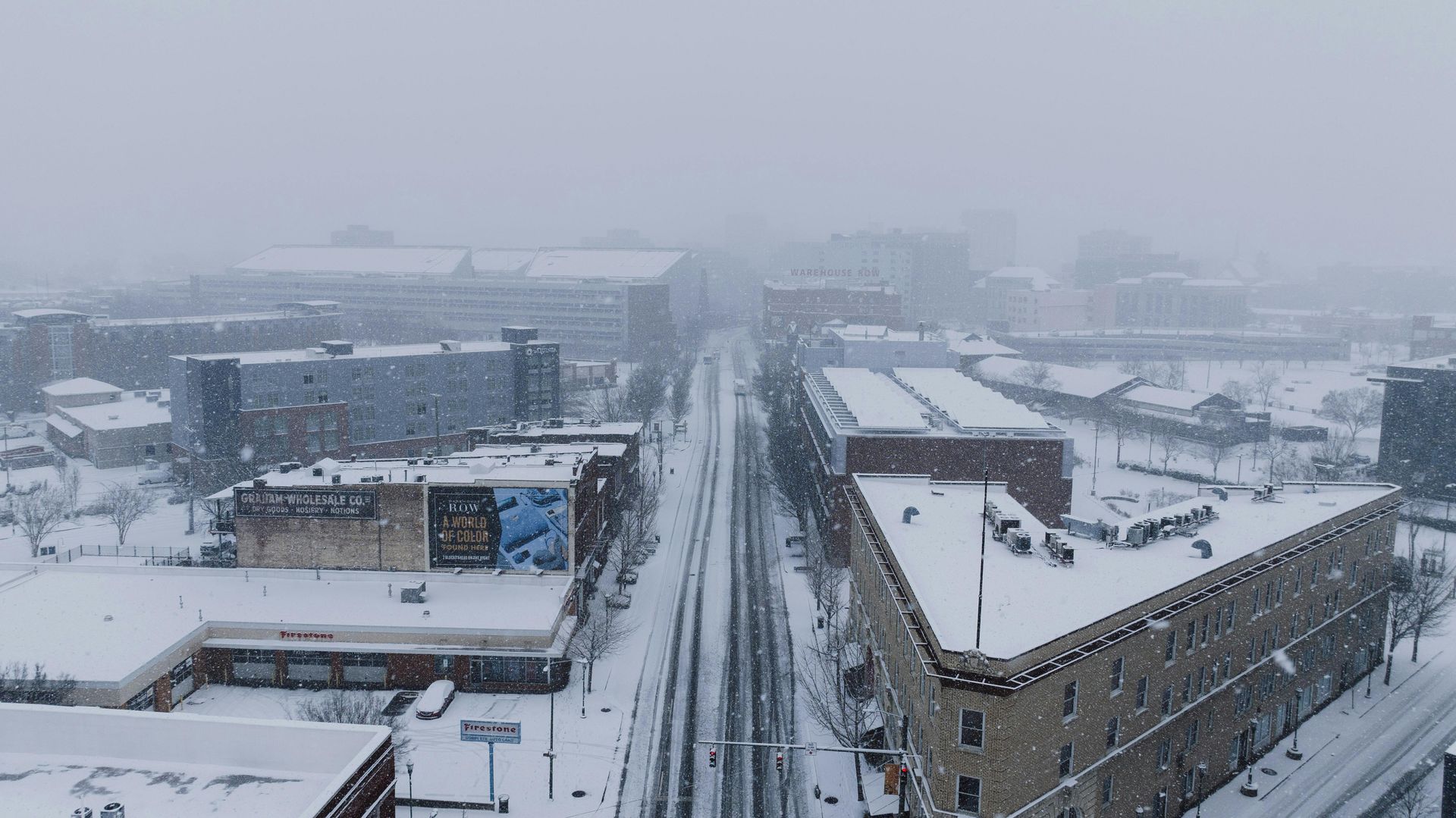
Winter weather can be beautiful, but it can also turn treacherous in an instant. Snowstorms, characterized by heavy snowfall, strong winds, and freezing temperatures, can pose serious risks if you’re not prepared. Whether you’re at home, on the road, or outdoors, knowing how to survive a snowstorm is crucial. Here’s a comprehensive guide to help you stay safe.
Stay Informed
Before venturing out or making plans during winter, stay updated on weather forecasts. Use reliable sources like:
- National Weather Service (NWS)
- Local news channels
- Weather apps with real-time alerts
Pay attention to warnings like winter storm advisories, watches, and warnings to gauge the severity of upcoming conditions.
Prepare an Emergency Kit
Create a winter-specific emergency kit to ensure you’re ready for unexpected situations. Your kit should include:
- For Home: Flashlights, batteries, non-perishable food, bottled water, a first aid kit, blankets, and a portable phone charger.
- For Car: Ice scraper, jumper cables, sand or kitty litter for traction, a shovel, a warm blanket, extra clothing, and snacks.
- For Outdoors: Thermal blankets, hand warmers, a whistle, and a GPS device.
During the Snowstorm
If You’re at Home:
- Stay Inside: Avoid going outside unless absolutely necessary. Exposed skin can suffer frostbite in minutes in extreme conditions.
- Maintain Warmth: Use extra blankets, wear layers, and close off unused rooms to conserve heat.
- Prevent Carbon Monoxide Poisoning: If using a generator, ensure it’s outside and well-ventilated. Never use a gas stove or oven for heating.
If You’re in a Vehicle:
- Stay in Your Car: It’s safer to stay in your car than to walk in a snowstorm. Turn on your hazard lights to increase visibility.
- Run the Engine Sparingly: Run the engine for 10 minutes every hour to keep warm, but ensure the exhaust pipe is clear of snow to avoid carbon monoxide buildup.
- Signal for Help: Tie a bright cloth to your antenna or raise the hood of your car to signal distress.
If You’re Outdoors:
- Seek Shelter: Look for a windbreak, such as a large rock or dense trees, to shield yourself from the wind.
- Stay Hydrated and Fed: Eat high-energy foods and drink water to maintain body heat.
- Don’t Overexert: Avoid sweating as wet clothing can lower your body temperature rapidly.
After the Snowstorm
Once the storm has passed, follow these safety tips:
- Check for Hazards: Look out for fallen trees, downed power lines, and icy patches.
- Clear Snow Safely: Shovel snow in small sections and take breaks to avoid overexertion, especially if you’re not accustomed to heavy physical activity.
- Assist Neighbors: Check on elderly or disabled neighbors who may need help clearing snow or accessing supplies.
Final Thoughts
Surviving a snowstorm comes down to preparation, awareness, and calm decision-making. By staying informed, preparing an emergency kit, and following safety protocols, you can minimize risks and weather the storm effectively. Remember, safety always comes first, so prioritize caution over convenience.












